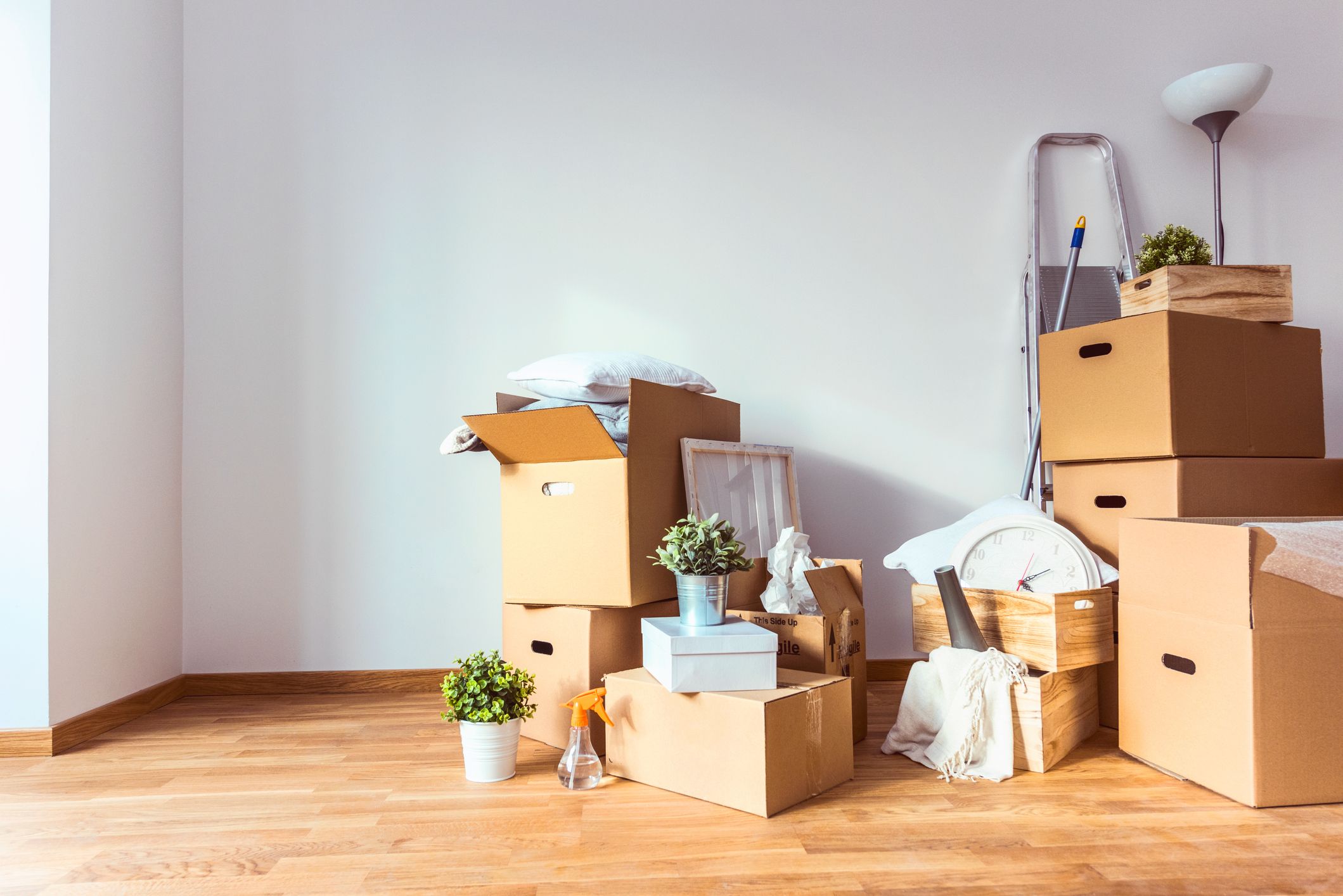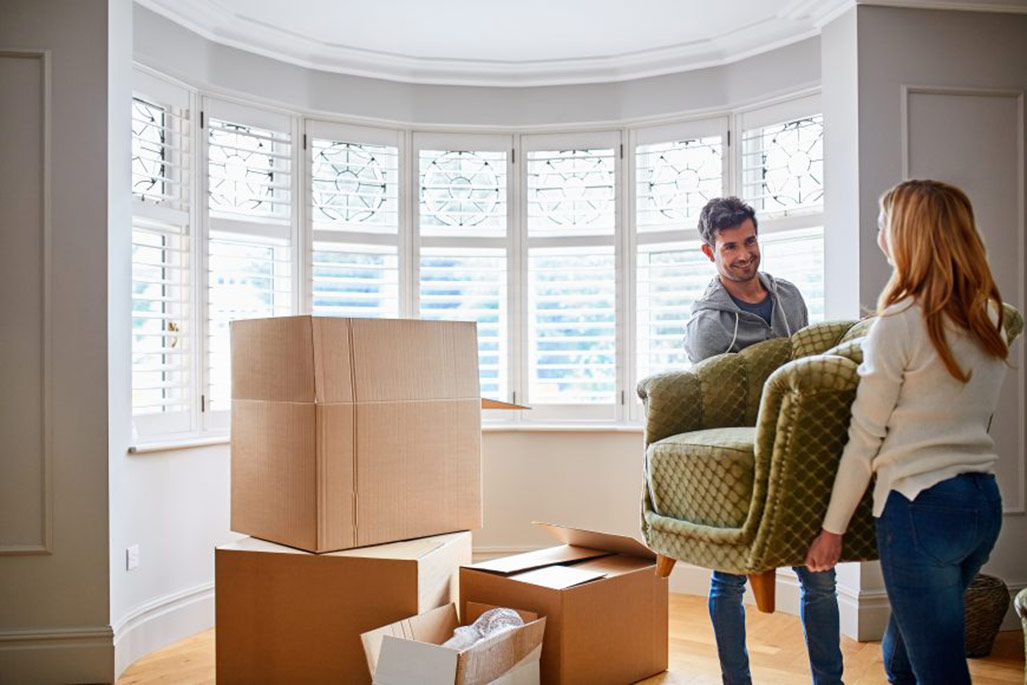Twenty tips for an easy house move - by Bunnings Australia
Smooth moves
A little forward planning can take the pressure off relocating. Here are 20 tips how to lessen the stress.
1. Lay the groundwork
Draw up a timeline broken into weeks, then days, before the move, suggests Jessica Haslem of Wrap & Move. Think about who you need to book (such as removalists or rental trucks) and and tasks like notifying service providers and changing address and insurance details.
2. Don’t tackle it alone
“Delegate tasks to each family member or a moving support person so everyone knows what their duty is,” says Jessica. This could range from calling the electricity company to minding the dog on moving day.
3. Ditch the surplus
Don’t waste this opportunity to declutter, advises The Art of Decluttering’s Amy Revell (theartofdecluttering.com.au). “You’ll save on moving costs, and packing and unpacking will be quicker,” she says.
4. Kit up for packing
Make sure you have packing tape and dispensers, permanent markers, labels, bulldog clips for cords and a retractable knife. Invest in plenty of protective wrap: foam, bubble, or tissue or butcher’s paper. Check out our wide range of moving supplies available online and in-store.
Tip: moving can generate a lot of rubbish. Wherever possible, opt for recyclable or sustainable materials to minimise your impact.
5. Collect boxes
Gather cardboard boxes of all shapes and sizes. Have plastic boxes on hand, too. Clear, strong and easy to stack and access, they’re great for items that are needed immediately, such as TV cords, the toaster and favourite toys.
6. Work methodically
Start packing as soon as possible. Begin in rooms and areas used less frequently, says Jessica, like the spare bedroom, garage or shed.
7. Protect fragile items
Pack delicate items in smaller, sturdier boxes that can be sealed and carried easily without the risk of bulkier items breaking them. Place soft materials around items to stop them moving and fill hollow items with paper or foam.
8. Keep like with like
“Packing boxes with one category only (tableware, for example) makes unpacking much easier,” says Amy. “Label boxes clearly on all sides and state what’s inside. And write which room you’d like the box to go in when you’re unloading at the new house.”
9. Electric efficiency
Before dealing with the TV, stereo and computer, take photos of where each cord is plugged in. If possible, leave cords connected or keep them together with a labelled bulldog clip. Put screws and small parts into clear Ziplock bags and tape these to the appliance (if safe to do so), suggests Jessica. “Then everything should be together to make re-setting up easy!”
10. Rug up
Avoid damage to furniture or the house itself with moving blankets. “Cover the top and bottom of your items and secure them with tape or strapping to protect your furniture from dust, dirt, and from rubbing against other items,” says Jessica. For extra cushioning on furniture legs, use corner protectors or foam wraps.
11. Avoid injury
Moving trolleys will help ease furniture in and out. “They provide a safe alternative to dragging or pushing heavy items and will help to protect you from injury,” says Jessica. In boxes, mix up heavy items with lighter things like pillows and linen. It’s also a good idea to keep a medical kit on hand and easily accessible .
12. Stack as you go
To reduce chaos, create a space to put boxes you’ve finished packing. “This is easier for moving day, but also helps you see what still needs to be packed up as you go,” explains Amy.
13. Tackle the oven
Do this time-consuming job early. Grab gloves, cleaning rags and steel wool pads for getting rid of oven rack grime. A mix of baking soda, vinegar and water can work a treat on surfaces, or pull out the big guns with a specialised oven-cleaning product.
14. Organise the cleaning
Cleaning while packing will save a lot of time and energy later. Wipe empty cupboards and window trims early, dust off the ceiling cobwebs and vacuum behind the sofa and beds.
15. Deal with the food
Try to eat what’s left in the pantry, fridge and freezer. For the inevitable leftover items, have a couple of large esky bins at the ready. Make sure spillable pantry items are secured in sealable containers and arrange glass bottles carefully.
16. Fridge and freezer
Unplug these appliances 24 hours before the move so they can thaw and refrigerant fluids can settle. Secure doors and drawers. Avoid tipping more than 45 degrees (to stop refrigerant seeping where it shouldn’t) and check your manual for how long you should leave them to settle before turning them back on.
17. Key considerations
Keys need a special spot so they’re not accidentally packed away. Invest in tag organisers, which are handy for labelling which keys go where.
18. The final polish
Once you’ve packed and moved everything out, the house will need a last clean. Prepare a kit of cleaning equipment: gloves, cleaning rags, detergents, vacuum and mop.
19. Family matters
Organise a babysitter or friends to take the kids, or find a space where they can safely play or relax. Keep small pets safe during the move with a pet carrier.
Tip: Moving can make pets anxious, so enlist family or friends to take care of them. And make sure you don’t pack the cat!
20. Next-day needs
Make that first day in your new home easier by organising a ‘next day’ box with easily accessible essentials, such as toiletries, medication, chargers, breakfast items like tea and coffee and a change of clothes. It’s also a good idea to put aside the bedding, towels and PJs for the first night.
Source – Bunnings Australia






